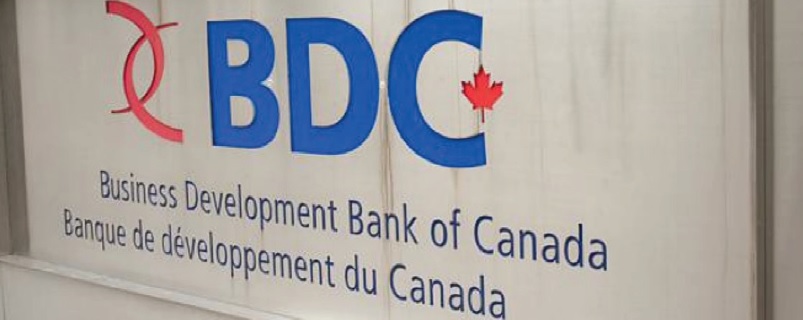The Business Development Bank of Canada (BDC) is increasingly unable to turn its reported profits into cash. While BDC is considered to be a venture capitalist corporation, this does not seem to be the reason for its illiquidity; other companies in the same line of work are able to monetize their profits over time.
When the federal Crown corporation BDC was established in 1995, it was not easy for young and growing Canadian companies and entrepreneurs to find lenders to invest in their businesses. However, it is easier today than ever to get funding from other companies– and other countries. Many entrepreneurs have pointed out that it is easier to access funding and financial loans from other companies than it was a decade ago; BDC does not have clearly distinguished competitive or unique advantages.
Last week, the Frontier Centre for Public Policy released a research paper in the Public Choice Alternatives series on the valuation of BDC. Not surprisingly, BDC is unable to fully realize its illiquid assets as cash, as do most other major Crown corporations. This is a cause for concern for Canadian taxpayers as it seems that BDC is chronically unable to convert reported profits into actual money and appears to be papering over this deficiency by increasing its overall debt.
According to the valuation BDC could be worth up to $16 B if it were divested today. However, the corporation has not generated free cash flow in the last five years, and it has had negative operating cash flow that was far greater than its reported comprehensive income. In a non-Crown corporation, a moving multi-year average of annual net income should roughly equal a similar average of free cash flow—this is not true of BDC. Many corporations have floundered when they show positive net income only by tallying up revenue that was financed by either short- or long-term debt in one form or the other. BDC’s capital base has increased because it has the backing of the Government of Canada.
Currently, BDC appears to fill a useful role in the Canadian economy but is starting to see more and more competition from other firms and countries. Private sector investors are better suited to take on this risk, so that the taxpayers of Canada are off the hook if BDC cannot convert its officially reported revenues into cash. It is clear that profits are a secondary goal for BDC (i.e. papering over cash deficiencies); it is difficult to evaluate the effectiveness and efficiency of this Crown corporation.
It is up to the taxpayers through their elected officials to decide whether or not BDC be divested; the Government of Canada should take action soon to make sure that BDC can turn its profits into ready cash. With Canada’s growing national debt and other spending priorities, proceeds from selling BDC could be very useful for taxpayers in the near future.



